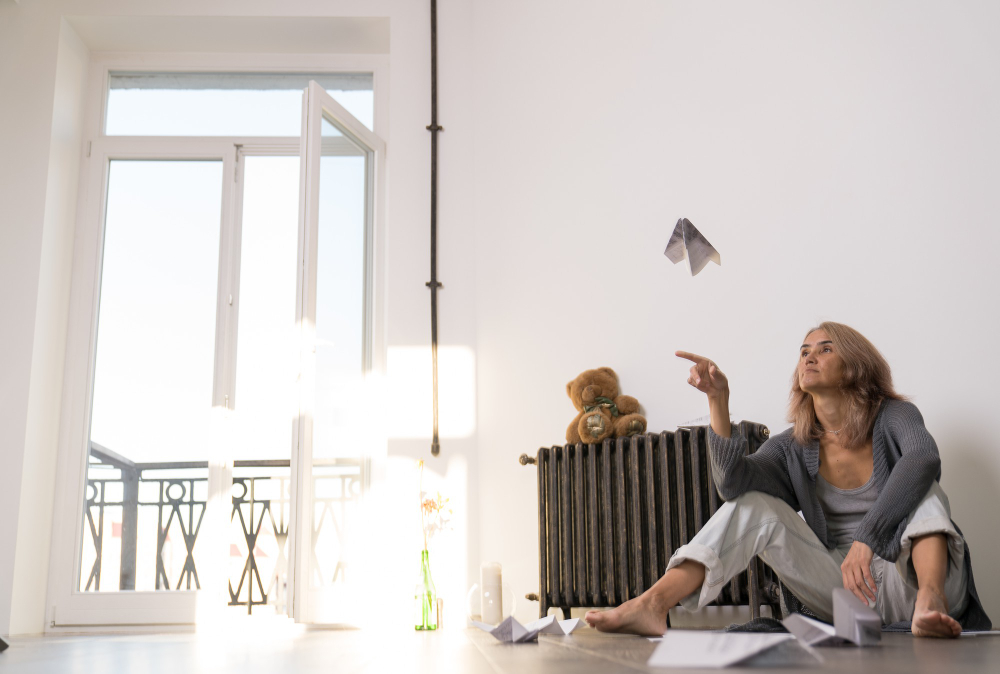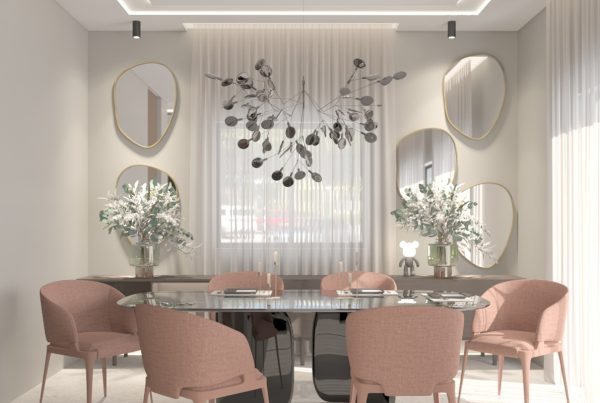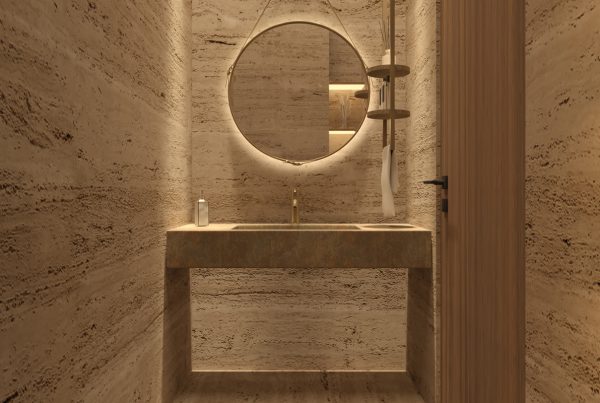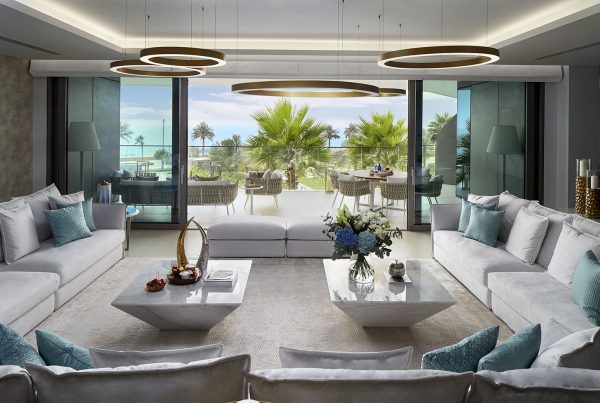In the world of interior design, color is not merely a decorative element; it’s a powerful tool that can influence emotions, perceptions, and behaviors. From soothing blues to vibrant reds, each color has its own psychological impact on the occupants of a space. In this article, we delve into the fascinating realm of color psychology in interior design, uncovering how different hues can shape the mood and atmosphere of a room.
1. Understanding Color Psychology:
Color psychology is the study of how colors affect human behavior and emotions. Each color has its own psychological associations, which are influenced by cultural, societal, and personal factors. By understanding the psychological effects of color, interior designers can create spaces that evoke specific feelings and responses from occupants.
2. The Impact of Warm Colors:
Warm colors such as red, orange, and yellow are associated with energy, warmth, and stimulation. These colors can create a sense of coziness and intimacy in a space, making them ideal for areas where socialization and activity are encouraged, such as living rooms and dining areas.
3. Harnessing the Calming Effect of Cool Colors:
Cool colors like blue, green, and purple are known for their calming and soothing properties. These colors can evoke feelings of relaxation, serenity, and tranquility, making them well-suited for bedrooms, bathrooms, and other spaces where relaxation and contemplation are desired.
4. Embracing Neutrals for Versatility:
Neutral colors such as white, beige, and gray serve as versatile foundations in interior design, allowing other colors to take center stage while providing a sense of balance and harmony. Neutrals can create a sense of spaciousness and elegance in a space, making them popular choices for walls, floors, and furnishings.
5. Accentuating with Bold Colors:
Bold colors like deep reds, vibrant yellows, and rich purples can add drama, personality, and visual interest to a space. When used as accents or focal points, bold colors can create a sense of excitement and energy, injecting personality and flair into a room.
6. Considering Cultural and Personal Associations:
It’s important for interior designers to consider the cultural and personal associations of colors when selecting palettes for a space. Different cultures may have varying interpretations of color meanings, and individuals may have personal preferences or associations with specific colors based on their experiences and upbringing.
7. Creating Harmonious Color Schemes:
A harmonious color scheme is essential for creating a cohesive and visually pleasing interior. Interior designers often use color theory principles such as complementary, analogous, and monochromatic color schemes to create harmonious palettes that enhance the overall aesthetic of a space.
Conclusion:
Color is a powerful tool in the hands of an interior designer, capable of evoking emotions, influencing perceptions, and creating memorable experiences. By understanding the principles of color psychology and harnessing the psychological effects of different hues, interior designers can create spaces that not only look beautiful but also feel harmonious, inviting, and emotionally resonant to their occupants.






